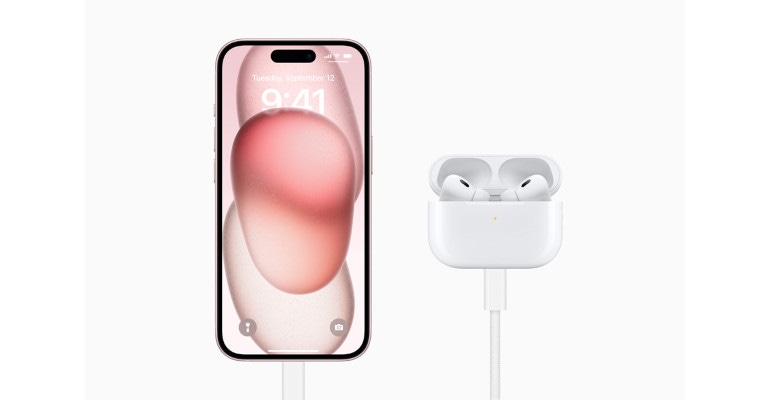Apple’s Lightning Has Short Circuited
The electronic maker’s long-rumored transition to the USB-C connector was expected, but is not without potential glitches.

Probably the worst-kept rumor leading up to Apple’s recent introduction of its Apple 15 and 15 Pro smartphone variants was the replacement of Lightning port with a USB-C port, as the electronics maker seeks to comply with pending European Union requirements calling for a common smartphone interface. From here on in, all Apple products─iPhone, Macbook, iPad─will use USB cables.
Apple first introduced the Lightning connector on its iPhone 5 in September 2012, replacing clunky pin connectors. The Lighting connector soon spread to Apple’s other products and became the standard Apple interface.
However, the emergence of more power-hungry devices has made USB, particularly USB-C, a desirable alternative when available. Over the past few years, Apple has been phasing USB-C into its newest iPads.
The last straw was struck in June 2022 when the EU (European Union) overwhelmingly voted in favor of adopting a single interface, USB-C, as the standard for all portable consumer electronics devices.
Although Apple has been heavily promoting wireless charging over the past few years, the company had little choice but to comply with EU requirements if they wanted to sell their products to the lucrative European market. Building iPhones with two different connectors is not practical from a manufacturing and supply-chain standpoint.
While Apple’s newest iPhones do away with having to worry about being stuck with an obsolete Lightning connector, there are a few caveats. One, the iPhone 15 and 15 Plus will initially be limited to the USB 2.0 transfer speed of 4,800 megabits per second, while the flagship 15 Pro and 15 Pro Max can work at the considerably faster USB 3.0 transfer speed of 480,000 megabits per second. In practical terms, that gives the new higher-end iPhones sizable advantages as far as charging and transferring larger data files.
For iPhone users accustomed only to finding Lightning connectors, the transition to USB-C opens up a wide range of USB-C cabling options, with different price points. This CNET video explains the charging options for Apple’s iPhones.
Lightning Collector’s Items?
During Apple’s recent media event launching the new iPhones and Smartwatches, not one reference was made to the outgoing Lightning connector. But with many older iPhones and other older Apple electronics devices still around, it is unlikely that Lightning connectors will disappear from the shelves of electronic stories anytime soon, and they should be available online for some time to come.
But in an interesting twist, the company that has touted sustainability prominently on its website andmade it a point of detailing the environmental strides achieved in its latest products could, starting in a few years, face the spectre of seeing its Lightning connectors and cables winding in landfills or collecting dust in drawers everywhere. Will the minds at Apple figure out a clever way to deal with that downstream?
Spencer Chin is a Senior Editor for Design News covering the electronics beat. He has many years of experience covering developments in components, semiconductors, subsystems, power, and other facets of electronics from both a business/supply-chain and technology perspective. He can be reached at [email protected].
About the Author(s)
You May Also Like





